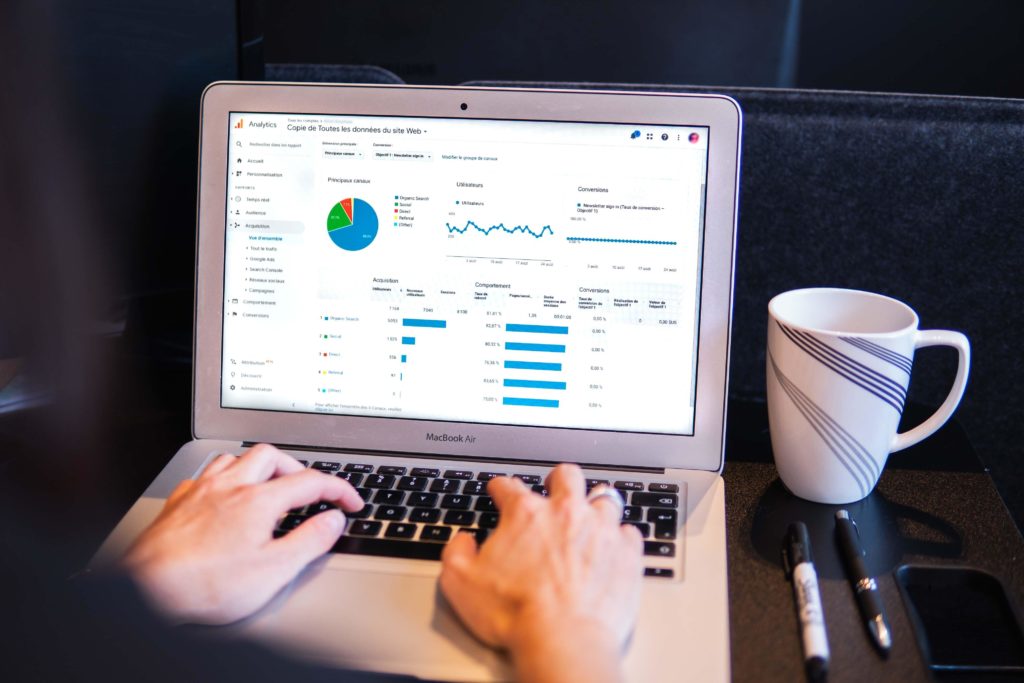What is Programmatic Advertising & How it can Change the World of Advertising
As David Ogilvy said: “If it doesn’t sell, it isn’t creative.”
Although creativity has always been the priority in the Advertising industry, the cost of those ads are just as important. Because of that, ads placements and bidding are vital elements to advertisers when it comes to products/services promotions. When an ad is seen by the right audience at the right time, in the right place, the ad will become successful.
This is why Programmatic Advertising was born: to satisfy the needs of advertisers with the best ad buying and placement through machine learning.
What is it?
Programmatic advertising is the application of technology in buying and selling ad inventory on the internet such as the web, social media, etc. With programmatic advertising, there are usually two parties involved in the process: the buyers (brands/advertisers), and the sellers (publishers).
How does it work?
At its most basic level, programmatic advertising uses algorithmic software to achieve satisfaction on both parties: deliver the right ads/messages to consumers and earn the most digital ad impressions via ad exchange platforms with automatically ad bidding.
DSP and SSP?
In the process of programmatic advertising purchase, the buyers and sellers will use two separate programmatic software platforms to achieve their goals and objectives in ad buying. The buyers will use Demand-Side Platform (DSP), and the sellers will use Supply-Side Platform (SSP)
Demand Side Platform: With the support of DSP, advertisers, and brands can define which ad exchanges and impressions to buy for their targeted audience at the most reasonable bid. Besides, advertisers and brands can also set up their audience preferences such as demographics, age, behaviors, etc.
Supply Side Platform: SSP connects the publishers to multiple ad exchanges and networks and allows them to manage the sale of impressions to buyers and set their bids to the ranges that they can generate revenue.
What are the key measurements?
Businesses can measure their programmatic ads based on their companies’ objectives. There are three general KPIs: Impression, Clicks, and Reach. These KPIs are usually used for different objectives such as increasing brand awareness, generating leads, or driving sales.

What are the benefits of programmatic advertising?
Efficiency: With RTB (Real-Time Bidding), publishers and brands can quickly and accurately purchase ad exchanges using real-time data and reports.
Reach: Programmatic advertising allows access to multiple ad exchanges and platforms for buyers to reach different audiences that match with their personas.
Transparency: Brands and advertisers will not have to face the challenge of bulk-ad space purchasing with little to no control over their ad placements. Programmatic advertising lets them know where and when their ads will appear. Therefore, buyers’ ads can reach their targeted audiences and consumer preferences.
Programmatic Advertising seems to be the replacement of traditional ads buying and exchanges. Because of that, it is beneficial for advertisers to do more research and get used to the new tool as soon as possible. Besides, there are some DSP and ad exchange platforms such as Amazon DSP, Google Ads Exchange, etc. that are worth looking into for future business goals and objectives in marketing/advertising.






